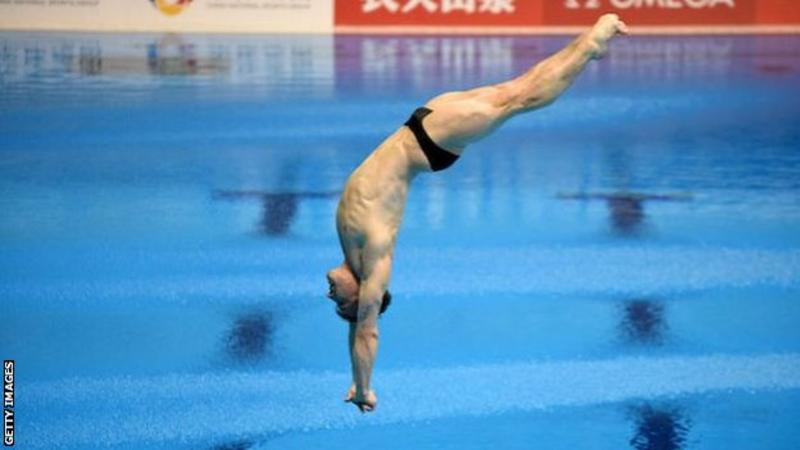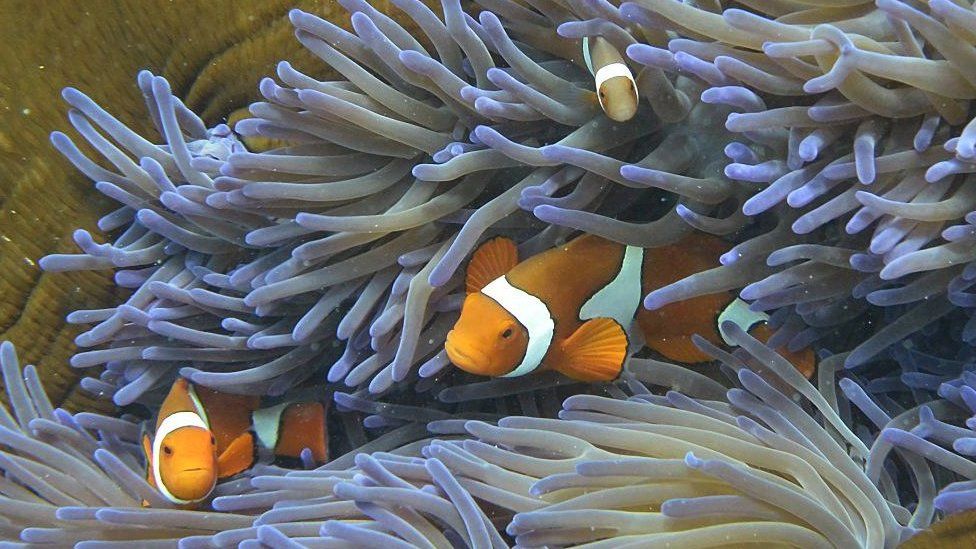Astronomy Photo Competition shortlist revealed (Photo Feature)

The Royal Observatory Greenwich's 13th Astronomy Photographer of the Year competition has announced its shortlist of extraordinary celestial scenes.

Bicolour Veil Nebula, a remnant of a giant supernova explosion, by Peter Feltoti from Hungary, PETER FELTOTI
The shortlisted photographers captured sights from across our Solar System, galaxy and the wider Universe.

Aurora in Murmansk, Russia, by Vitaliy Novikov, VITALIY NOVIKOV
The competition has received more than 4,500 entries from 75 countries.
The judges include Art Editor of BBC Sky at Night Magazine Steve Marsh, and comedian and keen amateur astronomer Jon Culshaw, alongside other experts from the worlds of art and astronomy.
The winning images will be displayed in an exhibition at the National Maritime Museum from 18 September.
Here is a selection of shortlisted images.
Dolphin Head Nebula, by Yovin Yahathugoda from Sri Lanka

YOVIN YAHATHUGODA
This is one of the photographer's favourite images and it remarkably depicts how interstellar winds and forces have created this perfect cosmic bubble in outer space.
The star responsible for creating the bubble is the bright star near the centre of the nebula and is categorised as a Wolf-Rayet star.
Harmony, by Stefan Liebermann from Germany

STEFAN LIEBERMANN
The image depicts a mesmerising panorama of the Milky Way over lavender fields in Valensole, France.
The colour tones and the lines of the fields are truly amazing, even though the light pollution is clearly visible over the whole area.
Iceland Vortex, by Larryn Rae from New Zealand

LARRYN RAE
This is a panorama of the aurora borealis in Iceland and is made up of 20 images.
The photographer came across an estuary that reflected the sky perfectly on a freezing winter's night.
He captured the panorama first, and then took a shot of himself out on the ice.
Luna Park, by Ed Hurst from Australia

ED HURST
This immense face forms the entrance to Luna Park, Sydney's harbourside theme park.
It has leered in the shadow of the Harbour Bridge since 1935 and many generations of children have skipped through its mouth for days of fun, as the world and the city have changed and grown around it.
The photographer took thousands of frames, with the stars passing by, and blended them together to show the patterns of time.
Moonrise over Jodrell Bank, by Matt Naylor from the UK

MATT NAYLOR
It was the photographer's long-held ambition to capture the Moon and the famous Lovell Telescope.
Finding a spot with a clear view, far enough away from the subject, and the Moon being in the sky at the correct time of day was all part of the puzzle.
The setting Sun lit up the clouds producing some lovely colours.
NGC 2024 - Flame Nebula, by Steven Mohr from Australia

STEVEN MOHR
The Flame Nebula, designated as NGC 2024 and Sh2-277, is an emission nebula in the constellation Orion, lying some 900 to 1,500 light years away from Earth.
The bright star Alnitak (just outside the field of view at the top of this image), the easternmost star in the Belt of Orion, shines energetic ultraviolet light into the Flame and this knocks electrons away from the great clouds of hydrogen gas that reside there.
Much of the glow results when the electrons and ionised hydrogen recombine.
NGC 3981, by Bernard Miller from the USA

BERNARD MILLER
NGC 3981 is a spiral galaxy about 65 million light years away in the constellation Crater.
Its windswept look is due to its outer arms being stripped away by an interaction with another galaxy.
Path of the Full Moon above the Sleeping City, by Remi Leblanc-Messager from France

REMI LEBLANC-MESSAGER
The photographer's aim for this image was to focus on the Moon's trajectory at the centre of the photograph, dividing the human world from the sky.
The woman standing on the roof appears to be the link between Paris and the sky.
Pleiades Sisters, by Jashanpreet Singh Dingra from India

JASHANPREET SINGH DINGRA
This is an outstanding image of shining stars over the photographer's region in winter.
The Pleiades, also known as the Seven Sisters and Messier 45, is an open star cluster containing middle-aged, hot B-type stars in the north-west of the constellation Taurus.
Saturn at its Best, by Damian Peach from the UK

DAMIAN PEACH
In this image, Saturn displays a wealth of details across the globe and ring system.
The famous polar hexagon can be seen around the pole at the bottom, while many other belts and zones are seen across the planet.
Star trails over the Lujiazui City Skyline, by Daning Kai in China

DANING KAI
This image shows star trails over Lujiazui city in Pudong District, China, and you can even distinguish the Belt of Orion.
The photographer captured this photo on a very clear autumn night.
Star Watcher, by Yang Sutie in China

YANG SUTIE
As the photographer was driving on the mountain road late at night and turned the corner, he saw a mound on the right side of the road.
He stopped and climbed up the side of the road, set the camera to shoot automatically, and then drove back and forth in this curve.
Then he climbed up the hillside and integrated himself into the picture.
Sunrise of the Magic City, by Jiajun Hua from China

JIAJUN HUA
The photo is taken 16km (10 miles) away from Lujiazui financial district in Shanghai.
Every year there are only a few weeks when photographers can capture the scene of the Sun rising in the Central Business District.
The photo is composed of four different exposures from the same perspective, recording the process of the Sun rising.
The Exceptionally Active Ion Tail of Comet 2020F8 SWAN, by Gerald Rhemann from Austria

GERALD RHEMANN
In this photo the very gas-rich comet shows numerous structures in its ion tail.
The difficulty with comet imaging is not only to compensate for the movement of the comet in front of the stars, but also to consider the rapid changes in the structures during the exposure time.
The Soul of Space (Close-up of the Soul Nebula), by Kush Chandaria from the UK

KUSH CHANDARIA
The Soul Nebula is one of those incredible targets that no matter where you point your telescope, there are always some incredible structures and details to be uncovered.
With 14 hours of exposure, faint details and structures deep within the nebula began to emerge.
Recent News

Do not make expressions casting dout on election: EC
14 Apr, 2022
CM Bhatta says may New Year 2079 BS inspire positive thinking
14 Apr, 2022
Three new cases, 44 recoveries in 24 hours
14 Apr, 2022
689 climbers of 84 teams so far acquire permits for climbing various peaks this spring season
14 Apr, 2022
How the rising cost of living crisis is impacting Nepal
14 Apr, 2022
US military confirms an interstellar meteor collided with Earth
14 Apr, 2022
Valneva Covid vaccine approved for use in UK
14 Apr, 2022
Chair Prachanda highlights need of unity among Maoist, Communist forces
14 Apr, 2022
Ranbir Kapoor and Alia Bhatt: Bollywood toasts star couple on wedding
14 Apr, 2022
President Bhandari confers decorations (Photo Feature)
14 Apr, 2022








